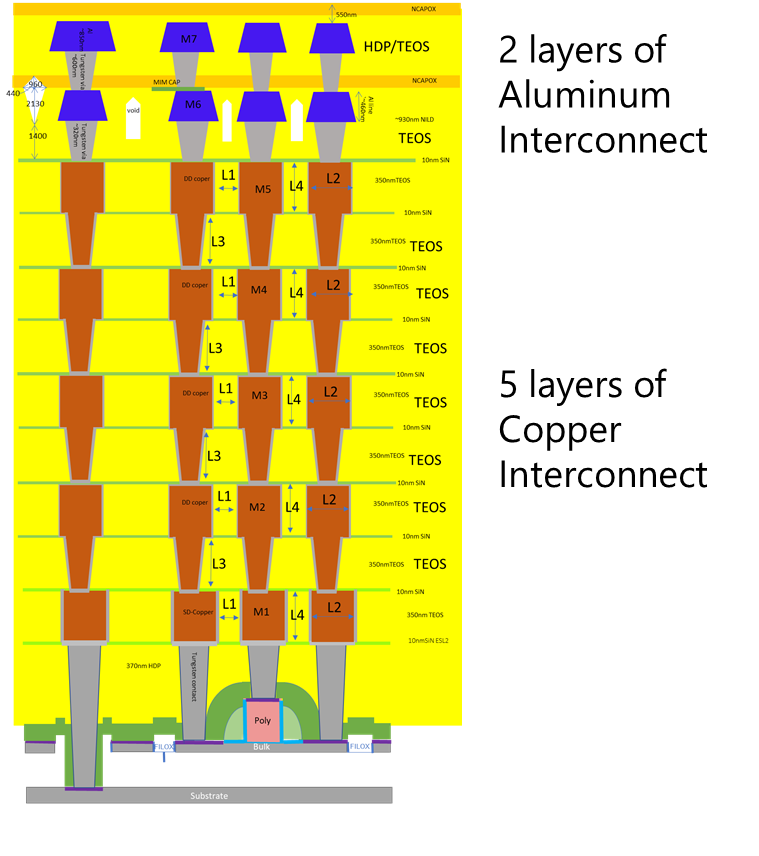Data Migration
The Data Migration feature of El Carro enables users to migrate data from their existing database to an El Carro database running on Kubernetes. This functionality allows users to re-platform to El Carro with minimal disruption. The two most common pathways shown in the image below are to 1) modernize in place by simply migrating your database to Kubernetes so you can leverage the automation of El Carro and to 2) migrate to Kubernetes in the cloud. |
| Migrate your database in place or to the cloud |
Typical migration sources include AWS (RDS, EKS, EC2), Azure (AKS, VMs), GCP (GKE, GCE, BMS) or on-premises deployments. Typical migration targets include any Kubernetes installation on GCP (GKE), AWS (EKS), Azure (AKS), or on-premises.
The Data Migration feature offers two automated migration flows and two manual ones.
- Migration Downtime: required downtime to migrate source database into El Carro without data loss. Minimal means less downtime, long means more downtime.
- Complexity: summarizes the difficulty and complexity of the migration journey.
Point-in-Time Recovery
Since its release, El Carro has provided users the ability to take backups and restore via RMAN or storage-based snapshots. Today we’re excited to release a new Point-in-Time Recovery feature to enhance El Carro’s backup functionality by automatically backing up archive redo logs to a GCS (Google Cloud Storage) bucket and allowing users to seamlessly restore their databases to any point in time within a user configurable window. This optional feature provides an additional layer of protection and enhanced restore granularity without interfering with manual backups or affecting database performance.
The diagram below contrasts the new versus old functionality. Previously, there were discrete restore points (shown in green on the top arrow) which represented limited opportunities to restore. With Point-in-Time Recovery, the entire arrow is green, meaning the recovery functionality is continuous, with restore points at any time along the green arrow.
 |
| With Point-in-Time Recovery you can restore to any point after the first backup |
Conclusion
As always, you can try the open source El Carro operator for free (Apache 2.0 license) wherever you run Oracle databases. Follow the quick start guide and try out provisioning of instances, databases, users. Import data via Data Pump, manage instance parameters, choose between different methods for backups, and try out a restore. Have a look at how we integrate with external logging and monitoring solutions. Reach out via our Google group and leave feedback for what features you would like to see next, or even create your own patch, issue or pull request on GitHub.By Kyle Meggs, Product Manager and Ash Gbadamassi, Software Engineer – Cloud Databases





